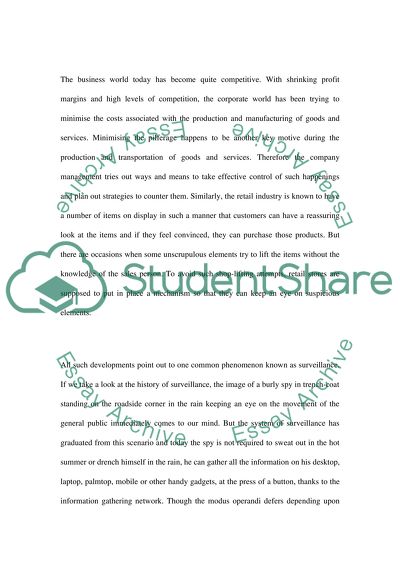Cite this document
(“The Age of New Media Essay Example | Topics and Well Written Essays - 2500 words”, n.d.)
The Age of New Media Essay Example | Topics and Well Written Essays - 2500 words. Retrieved from https://studentshare.org/miscellaneous/1507937-the-age-of-new-media
The Age of New Media Essay Example | Topics and Well Written Essays - 2500 words. Retrieved from https://studentshare.org/miscellaneous/1507937-the-age-of-new-media
(The Age of New Media Essay Example | Topics and Well Written Essays - 2500 Words)
The Age of New Media Essay Example | Topics and Well Written Essays - 2500 Words. https://studentshare.org/miscellaneous/1507937-the-age-of-new-media.
The Age of New Media Essay Example | Topics and Well Written Essays - 2500 Words. https://studentshare.org/miscellaneous/1507937-the-age-of-new-media.
“The Age of New Media Essay Example | Topics and Well Written Essays - 2500 Words”, n.d. https://studentshare.org/miscellaneous/1507937-the-age-of-new-media.


